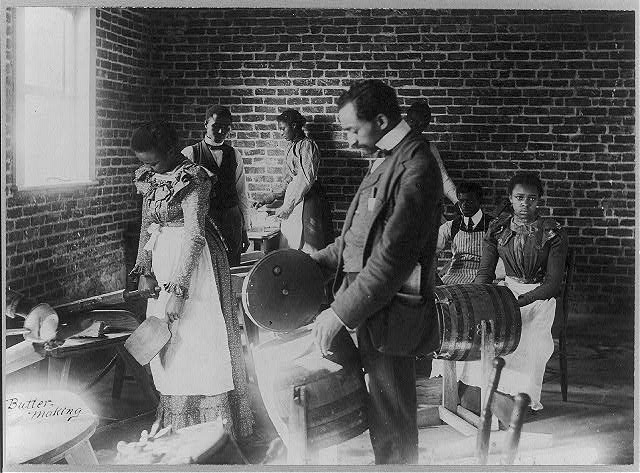
North Carolina Agricultural and Technical State University (North Carolina A&T) in Greensboro was created as the Agricultural and Mechanical College for the Colored Race by the General Assembly in March 1891. The college really began operation the previous year as a result of the Morrill Act (1890), which furnished federal funds to be allocated in biracial school systems. The North Carolina College of Agriculture and Mechanic Arts for whites in Raleigh had been created by the General Assembly in 1887 and was ready to receive its share of funds by the fall of 1890. First, however, it was necessary to provide for a school of the same type for African American students. The board of trustees of the white school was empowered to make temporary arrangements to satisfy this requirement, and a plan was worked out whereby the college for African Americans was operated as an annex to Shaw University in Raleigh from 1890 through 1893.
Lacking a state-supported educational institution for African Americans in central Piedmont North Carolina, a group of interested citizens in Greensboro asked to have the college moved there. The group donated a 14-acre site for the school and $11,000 to aid in constructing buildings. This amount was supplemented by $2,500 from the General Assembly. The first building was completed in 1893, and the college opened on its own campus that fall.

In 1915 the name of the school was officially changed to the Agricultural and Technical College of North Carolina. In 1967 the General Assembly designated the college a regional university, and North Carolina A&T joined the consolidated University of North Carolina System in 1972. It is the largest of the historically African American colleges in North Carolina and is home to one of the state's three engineering colleges. Nearly 90 percent of the state's African American professionals and paraprofessionals in agriculture are graduates. Moreover, more than half of the state's black teachers and principals are among its alumni.
By the early 2000s, North Carolina A&T was a thriving public university with a student body of approximately 8,500. The school is comprised of a college of arts and sciences, a college of engineering, and six professional schools. It maintains extensive research programs in engineering, transportation, and agriculture. The school's physical plant occupies a 200-acre main campus near downtown Greensboro and a 600-acre research farm.